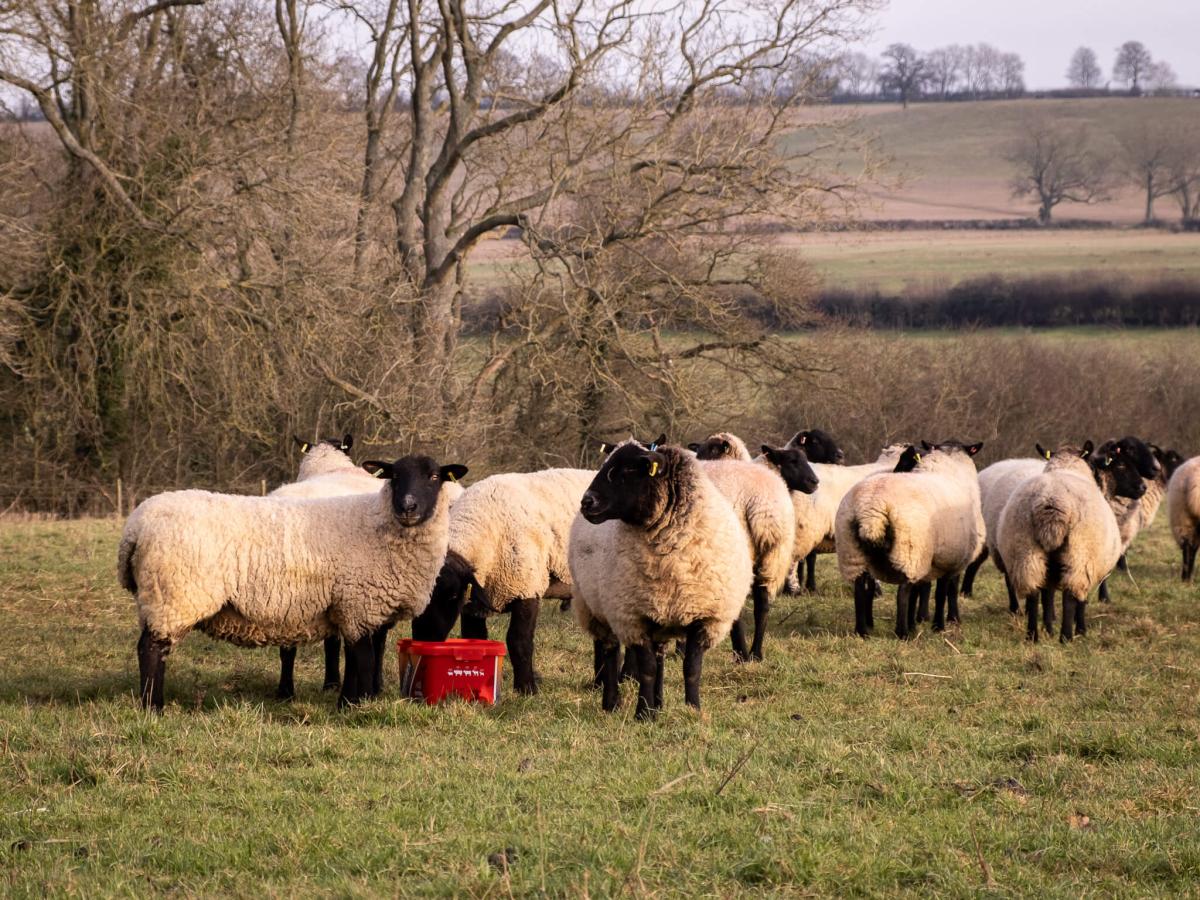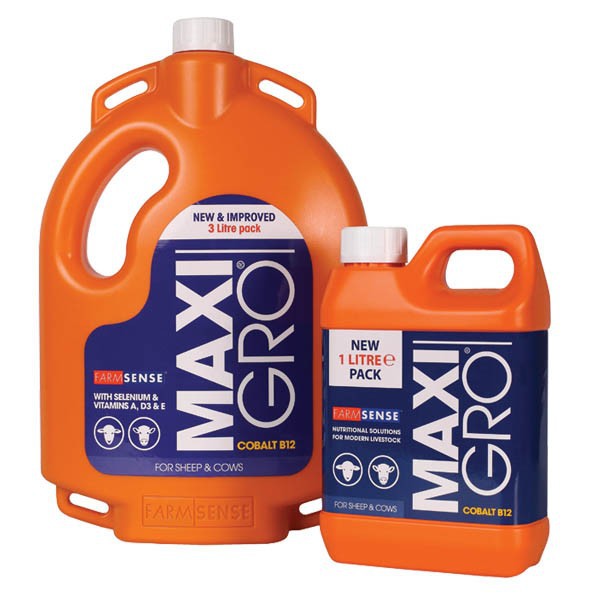
Pre-tupping refers to the crucial period leading up to tupping (mating), typically starting 6–8 weeks before the rams are introduced to the ewes. This phase sets the foundation for optimal fertility, ovulation rates, and ultimately, a successful lambing season. Farmers who prioritise pre-tupping preparation often see higher conception rates, tighter lambing windows, and more uniform lamb crops.
This stage aims to ensure ewes are in peak condition, both nutritionally and physically, to support embryo development from day one. Effective ewe management during this time can mean the difference between a good and great season.
Key aspects of ewe management during pre-tupping
Successful ewe management involves assessing and improving various health and nutritional factors. Body Condition Scoring (BCS) should be a primary task, ideally, ewes should be around 2.5–3.5, depending on breed and system. Under- or over-conditioned ewes are at risk of reduced ovulation or increased pregnancy loss.
Health-wise, check for lameness, treat for external and internal parasites, and ensure vaccinations are current. This window is also the right time for trace element supplementation, especially if deficiencies in selenium, cobalt, iodine or copper have been identified in past seasons or through soil and forage testing.
Pre-tupping buckets, drenches boluses
One of the most effective nutritional tools for pre-tupping preparation is the use of pre-tupping buckets. These specially formulated mineral licks are designed to provide a consistent intake of key trace elements, energy, and protein to support hormonal balance and ovulation. Look for pre-tupping buckets with chelated minerals and vitamins like E, B12, and A, which support fertility and immune function.
Alternatively, or in combination, pre-tupping bolus supplements are a targeted method of delivering trace elements directly. These slow-release boluses provide continuous nutrition without requiring daily intake monitoring, making them ideal for extensive systems or where lick uptake might vary.
Both pre-tupping buckets, drenches and boluses play a critical role in preparing the ewe’s reproductive system for the demands of mating and early pregnancy.
Tupping readiness checklist
To maximise the success of the tupping season, consider the following pre-tupping checklist:
BCS Assessment: Weigh and score your ewes. Make dietary adjustments as needed.
- BCS Assessment: Weigh and score your ewes. Make dietary adjustments as needed.
- Health Treatments: Conduct worming, fluke dosing, and foot checks.
- Mineral Supplementation: Introduce Pre tupping buckets or administer a Pre tupping bolus 6–8 weeks prior.
- Vaccinations: Ensure booster shots (e.g. clostridial vaccines) are up to date.
- Ram Health: Don’t forget the tups - check for fertility, feet health, and condition.
- Record Keeping: Track all actions taken for future performance comparisons.
Final thoughts
Investing time and effort in pre-tupping preparation is a proven way to enhance flock performance. With attention to ewe management, health protocols, and targeted nutrition through pre-tupping buckets and boluses, farmers can boost fertility outcomes and lamb crop consistency. As with all management practices, early intervention is key and starting preparations 6–8 weeks out gives your ewes the best chance at a successful breeding season.
For tailored advice or to explore our range of pre-tupping products, contact your local adviser or explore our selection online.

